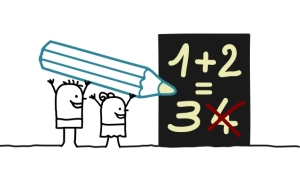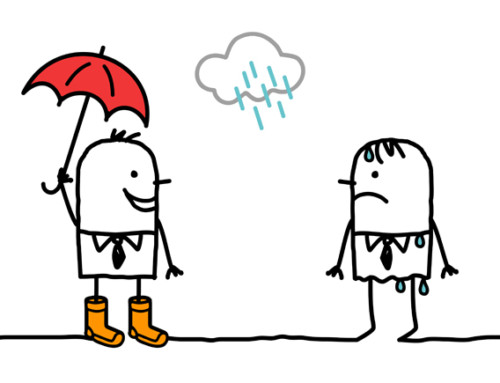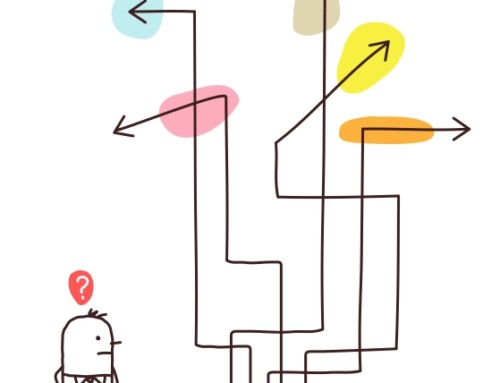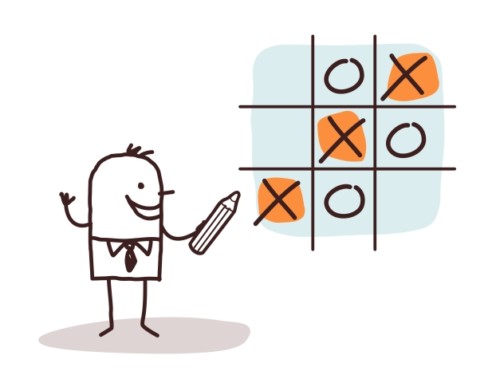In this article, I discuss how you can make changes in your thoughts and behaviours to manage your emotions.
In my practice as a psychologist, I often have clients whose goals are to feel better emotionally. The emotions which are causing them distress may include sadness or depression, anxiety, frustration, anger and guilt, to name a few. Although the distress involved in each of these emotions is unique, the strategy which I used to help clients alleviate distress from each of these emotions is similar.
It is an ABCs approach which entails making changes in the b’s (behaviours) and the c’s (cognitions—otherwise known as thoughts) which leads to positive effects on the a’s (affect–otherwise known as emotion). In the following sections, I will discuss how changing the b’s and the c’s can help you feel better when you are experiencing distress from one or more a’s.
How to change b and c to improve a
To feel better—which entails experiencing more positive affect (a) or emotion—change your b’s (behaviours) and your c’s (cognitions or thoughts). This typically involves replacing behaviours and cognitions which have a negative effect on your mood with behaviours and cognitions which have a more positive effect on your mood.
The cognitions which have a negative effect on mood are usually comprised of thinking patterns skewing toward the negative with various ‘cognitive distortions’ such as jumping to conclusion, overgeneralization and focusing only on the negatives in a situation rather than seeing the whole picture. The positive cognitions which improve mood are typically more accurate, non-distorted thoughts.
In the subsequent sections, I will give several examples of how you can change your b’s and c’s to improve your a’s.
Using the ABCs approach for different a’s
The following are various distressing a’s (affects or emotions) which can be improved by making changes in b’s (behaviours) and c’s (cognitions):
Depression
Depression can be addressed by the b of behavioural activation—engaging in behaviours or activities which lift one’s mood. This usually involves a combination of individual or social activities which are enjoyable or pleasurable, ‘mastery’ activities in which you engage in a sport or other hobby or interest which you find challenging and stimulating, and taking steps toward accomplishing tasks and goals.
The c of depression is addressed by targeting the ‘three-headed monster’ known as the negative cognitive triad. It is comprised of negative thoughts about oneself, one’s current life and one’s future. Using skills from cognitive behavioural therapy (CBT) such as thought records helps the person to substitute more positive and accurate thoughts regarding these three elements. Used in combination with the b of behavioural activation, this targeting of the c’s helps to alleviate depression.
Anxiety
Anxiety can be managed by the b (behaviour) of gradual exposure. This entails gradually exposing yourself to the triggers for your anxiety rather than avoiding them. This ultimately leads to a lasting reduction in anxiety as you learn that you can cope with the situation which triggers you.
The c (cognitive element) of anxiety can be targeted by addressing thoughts characterized by the cognitive distortion known as ‘catastrophizing’. Catastrophic thoughts which drive up anxiety to uncomfortable levels focus on overestimating the likelihood of negative events occurring in your life and underestimating your ability to cope with situations which trigger your anxiety.

Anger
Anger can be managed by the b of constructively communicating your points (assertiveness) as well as by removing yourself from situations in which you are not in the proper emotional state to communicate your points constructively.
The c of anger can be targeted by identifying and changing overly negative thoughts about the other person(s) character or your beliefs about how they view you
Addressing the c of anger may also entail addressing negative thoughts related to other emotions which contribute to anger such as anxiety, hurt, frustration and guilt. These are emotions commonly found beneath the surface of the ‘anger iceberg’.
Frustration
Frustration can be addressed by the b of taking action to address situations fueling this emotion. These are areas of your life in which you feel ‘stuck’ because of making insufficient progress toward your goals. Making and executing an action plan will help you make progress to decrease your frustration.
Addressing the c of frustration entails viewing your progress—or lack thereof—in a more accurate manner. Often the frustration is higher because of overlooking evidence of making progress.
Guilt
Guilt can be addressed by the b of making amends to the person or people you hurt through your actions. It can be managed through the c of accurately assessing what you did wrong. This entails acknowledging responsibility for harm you caused without blaming yourself for harm which the evidence indicates you did not cause. Addressing guilt cognitively also involves taking responsibility for your mistakes while also acknowledging your positive actions.
A psychologist who is skilled in CBT can guide you through implementation of the strategies discussed in this article.
May you benefit from practising your ABCs,
Dr. Pat





Leave A Comment